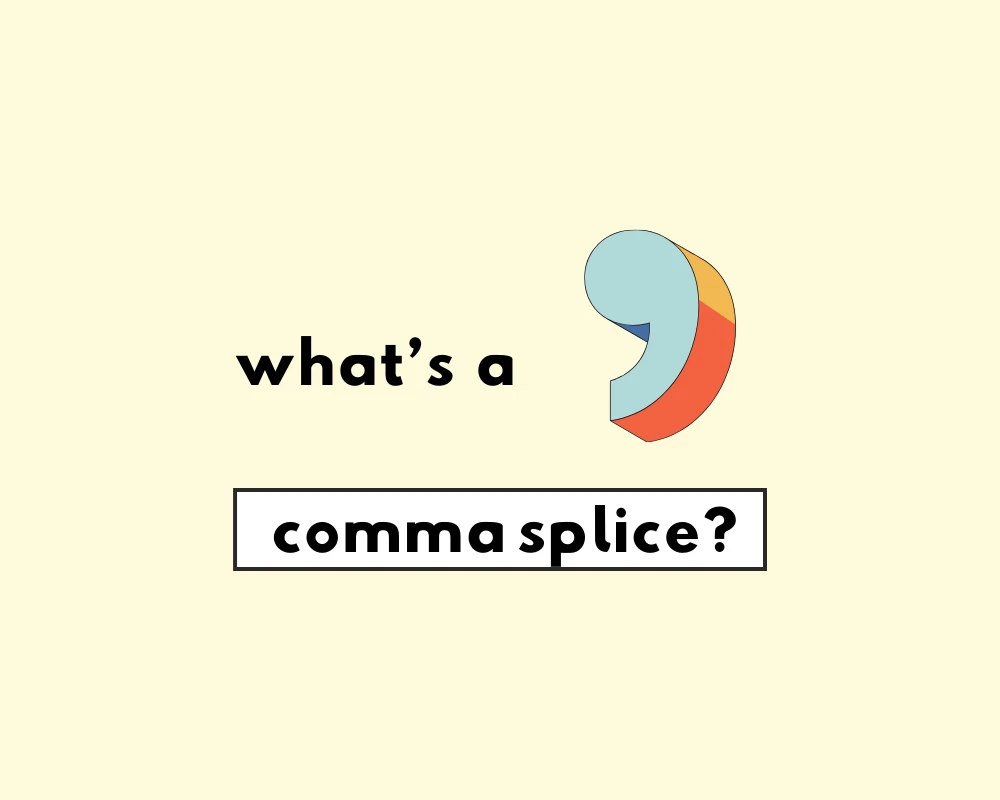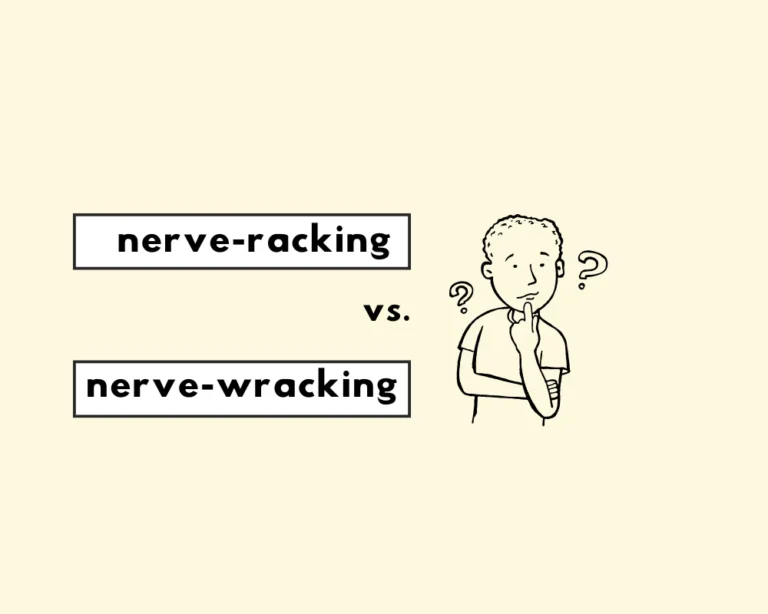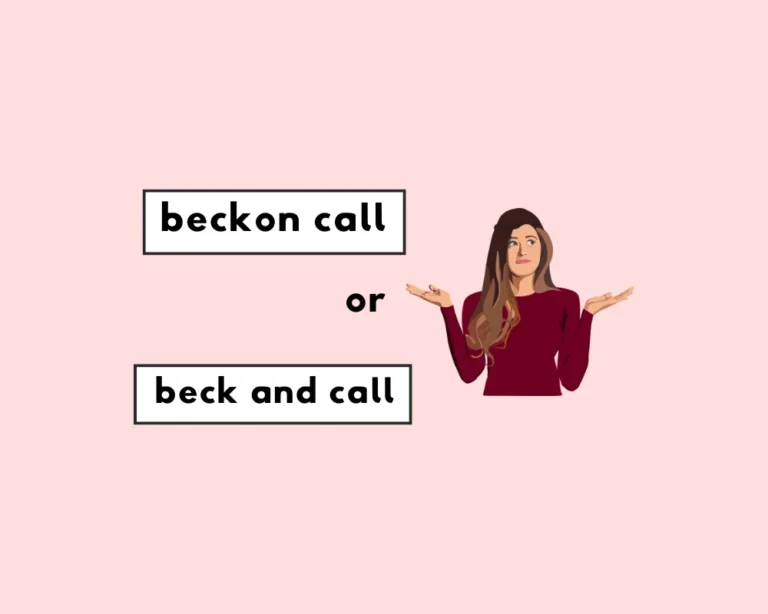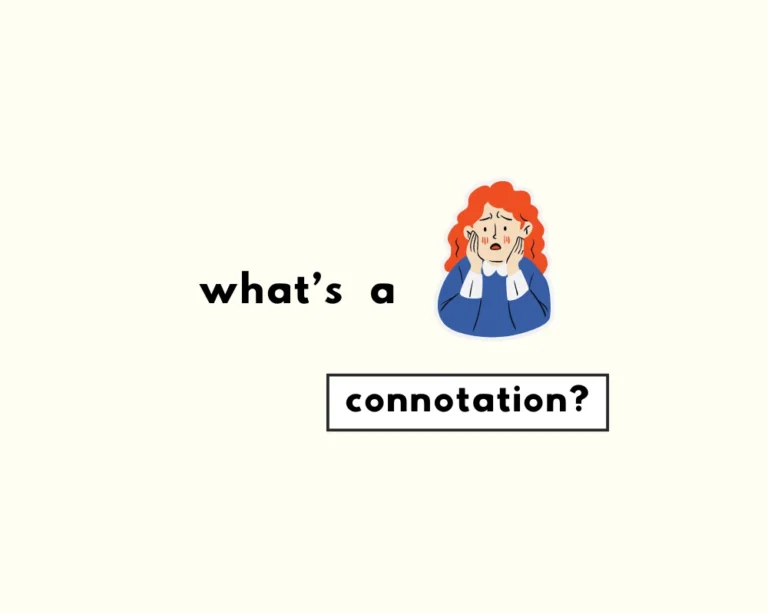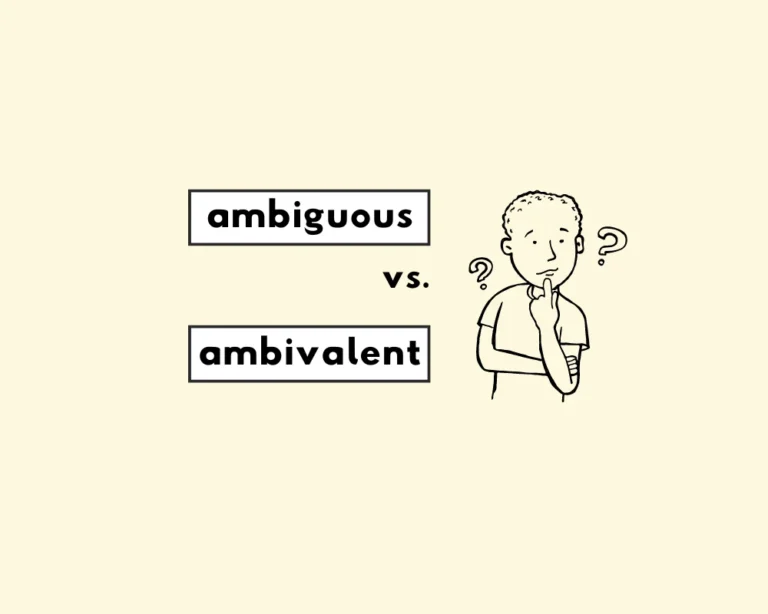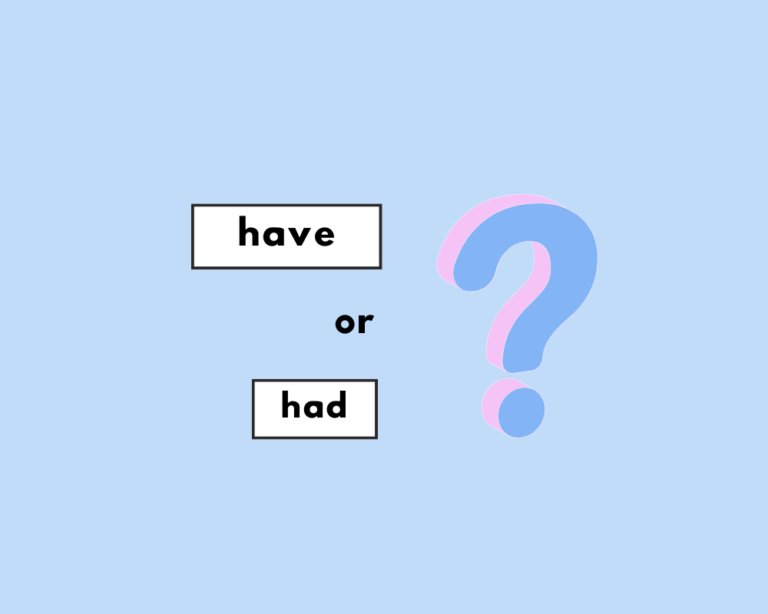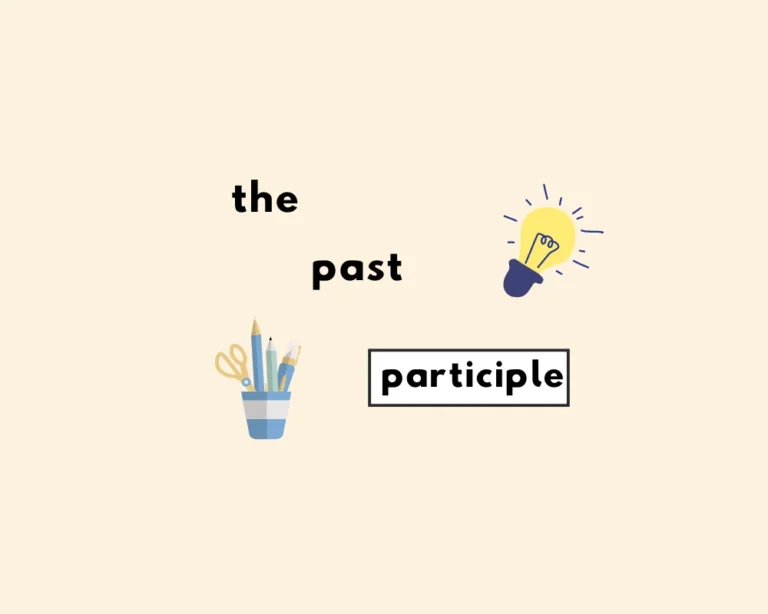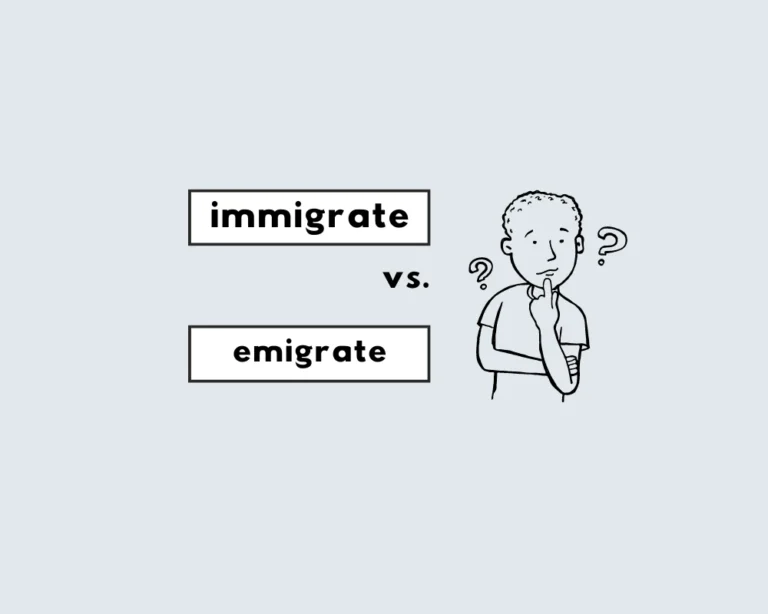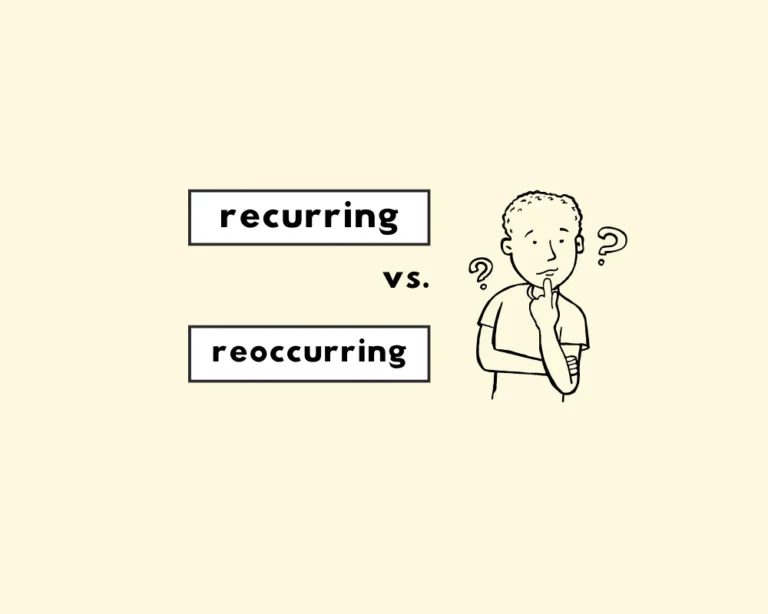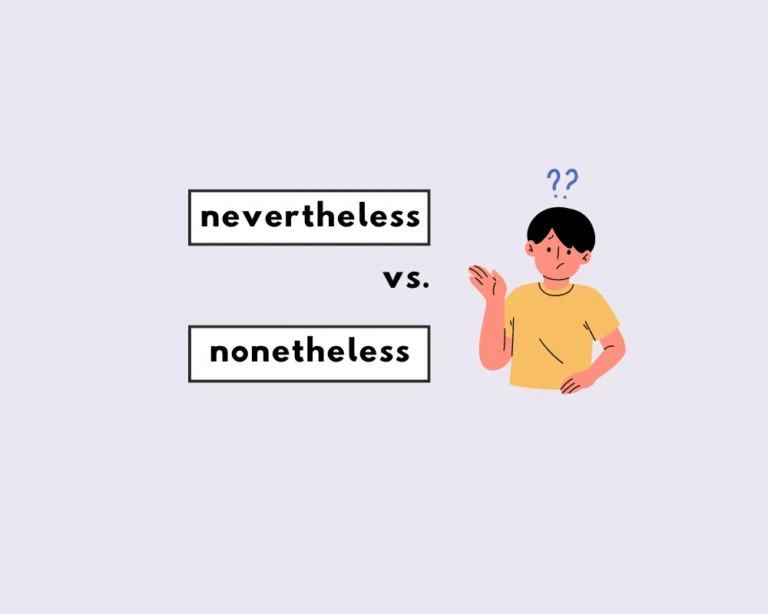Contents
Toggle
What’s a “comma splice”?
A comma splice occurs when a comma separates two independent clauses without including the proper coordinating conjunction or other punctuation. Stick with this guide to learn all about comma splices, and how best to avoid them in your writing (and fix them if they do come up!
How to spot a comma splice
Read the sentence:
She wanted to go to the store, he preferred to stay home.
Do you see the comma splice? Comma splices occur when two complete sentences are joined by a comma without a coordinating conjunction or some other punctuation. An easy way to determine whether the clauses are independent is to see if you are able to turn them into two independent sentences:
She wanted to go to the store. He preferred to stay home.
Recall that complete sentences must have a subject and a verb or predicate. Since the sentences above can be made into two individual sentences, this makes it clear that the first sentence example (she wanted to go to the store, he preferred to stay home) does indeed contain a comma splice.
How to fix a comma splice
The fortunate thing is that it’s incredibly easy to fix a comma splice once it’s been spotted. There are three main ways to correct a comma splice.
#1: Use a coordinating conjunction
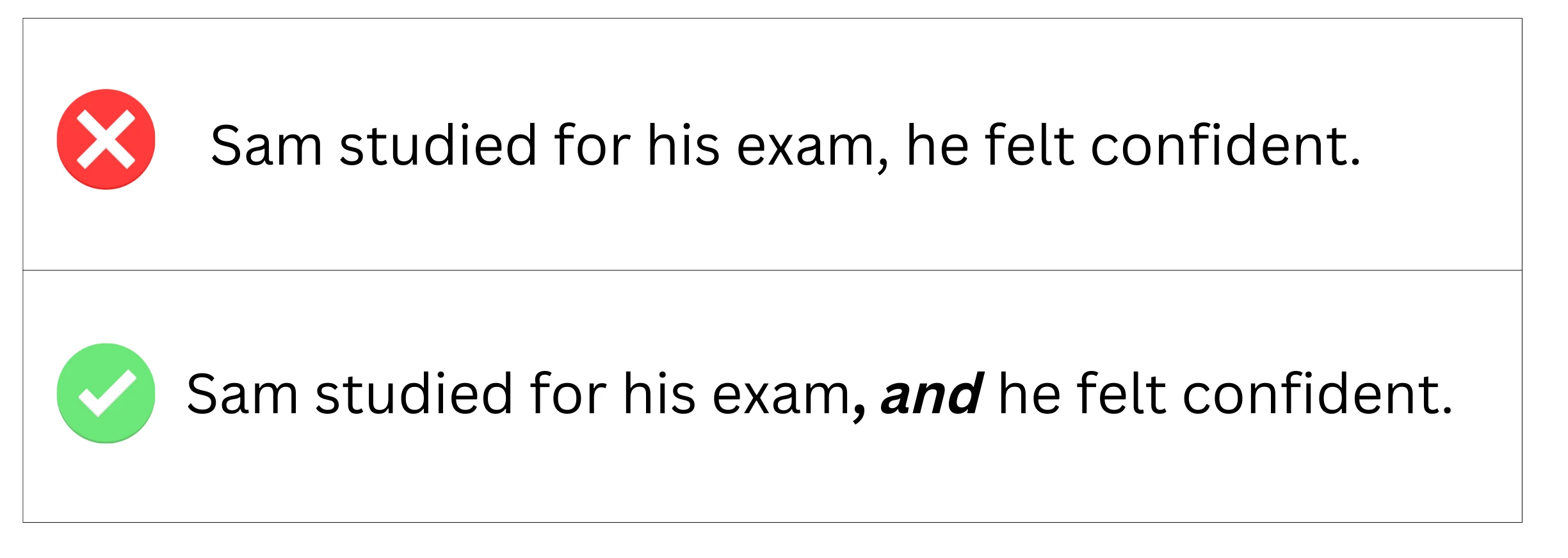
Anyone remember the Schoolhouse Rock video, “Conjunction Junction, what’s your function”? Just like Schoolhouse Rock says, “hooking up words, phrases and clauses” is correct! Coordinating conjunctions connect correlated phrases and clauses. There are seven coordinating conjunctions: for, and, nor, but, or, yet, so (use the acronym FANBOYS to remember all seven).
A quick fix for a comma splice is to add the appropriate coordinating conjunction after the comma to properly connect the clauses. Take a look:
She wanted to go to the store, he preferred to stay home. (incorrect)
She wanted to go to the store, but he preferred to stay home. (correct)
Here’s another example of correcting a comma splice with a coordinating conjunction:
Felix was late, we left without him. (incorrect)
Felix was late, so we left without him. (correct)
#2: Use a semicolon
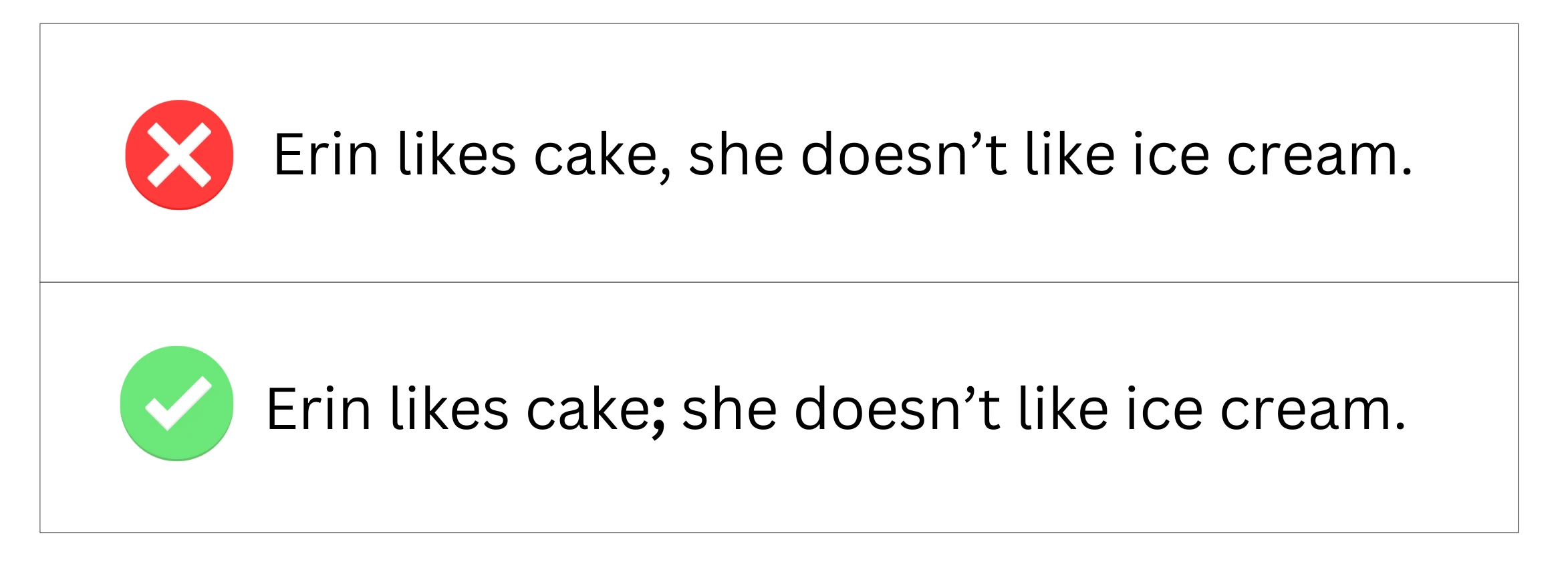
Another quick fix is to replace the comma with a semicolon to join the two independent clauses. Take a look:
She wanted to go to the store; he preferred to stay home.
#3: Make them separate sentences

A third option to remedy a comma splice is to simply turn the clauses into individual sentences:
She wanted to go to the store. He preferred to stay home.
Run-ons and comma splices:
Are run-on sentences the same as comma splices? A comma splice and a run-on sentence are both grammatical errors related to the improper joining of independent clauses, but they manifest in slightly different ways.
A run-on sentence (also called a fused sentence) is when two or more independent clauses are joined without any punctuation or conjunction to separate them. Essentially, it’s a sentence that “runs on” without clear breaks between clauses. Take a look at these examples of run-on sentences:
She wanted to go to the store he preferred to stay home.
The weather was beautiful we decided to go for a picnic.
I woke up late I missed the bus.
Run-ons lack the punctuation needed to make the sentence clear. To fix a run-on, you can use the same methods as you would fixing a comma splice. Evidently, both comma splices and run-on sentences create confusion and ambiguity in your writing. Avoid them at all cost.
Comma splice (examples and corrections)
1. The dog barked, the cat ran. (incorrect)
The dog barked, and the cat ran. (correct)
2. I brought my lunch to work, I’m trying to save money. (incorrect)
I brought my lunch to work. I’m trying to save money. (correct)
3. Communication is important in every relationship, it is especially important to a newly married couple. (incorrect)
Communication is important in every relationship, but it is especially important to a newly married couple. (correct)
4. John was anxious about his date, he decided to cancel it. (incorrect)
John was anxious about his date, so he decided to cancel it. (correct)
5. John is always late for work, nobody seems to care. (incorrect)
John is always late for work, but nobody seems to care. (correct)
6. Margaret Atwood is best known for her novels, her essays and poems are also worth reading. (incorrect)
Margaret Atwood is best known for her novels. Her essays and poems are also worth reading. (correct)
7. Television can be entertaining, it can also be boring. (incorrect)
Television can be entertaining, but it can also be boring. (correct)
8. The concert is sold out, we can’t get tickets. (incorrect)
The concert is sold out, so we can’t get tickets. (correct)
9. He loves to swim, he swims every day. (incorrect)
He loves to swim; he swims every day. (correct)
10. She studied all night, she aced the exam. (incorrect)
She studied all night, and she aced the exam. (correct)
Learn more about punctuation!
- When to Use a Comma Before or After “But”?
- When to Use a Comma Before “And”?
- When and How to Use Commas (A GrammarFlex Guide)
- What’s an Oxford Comma?
Sources

